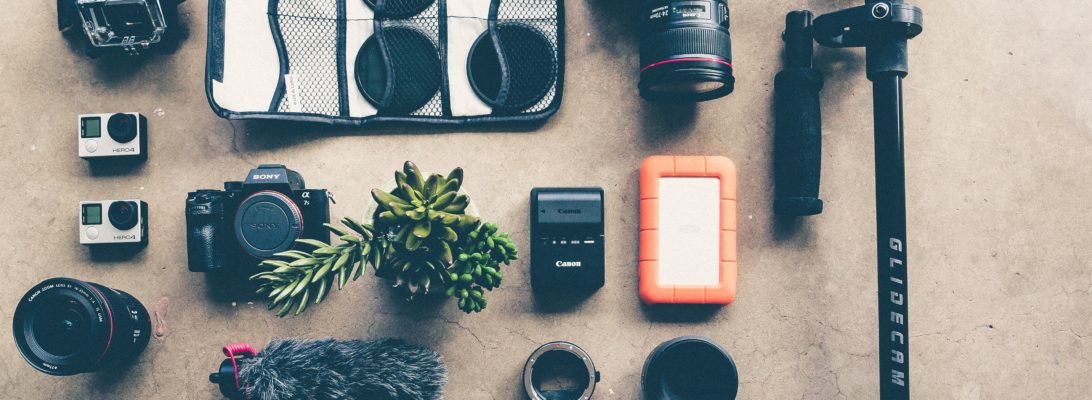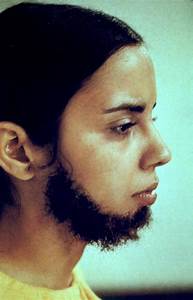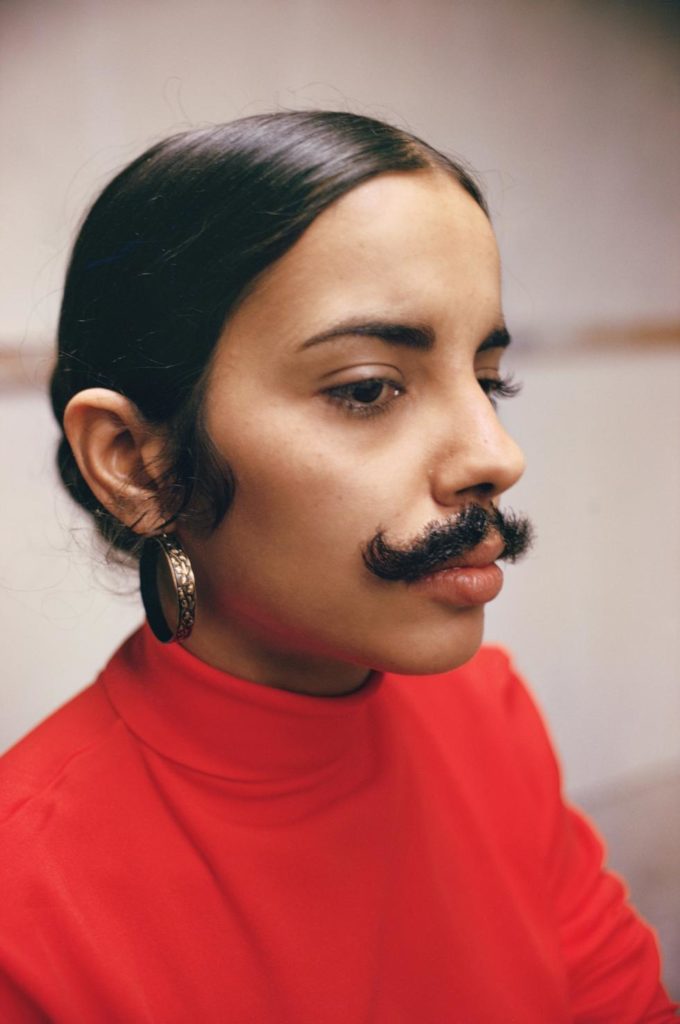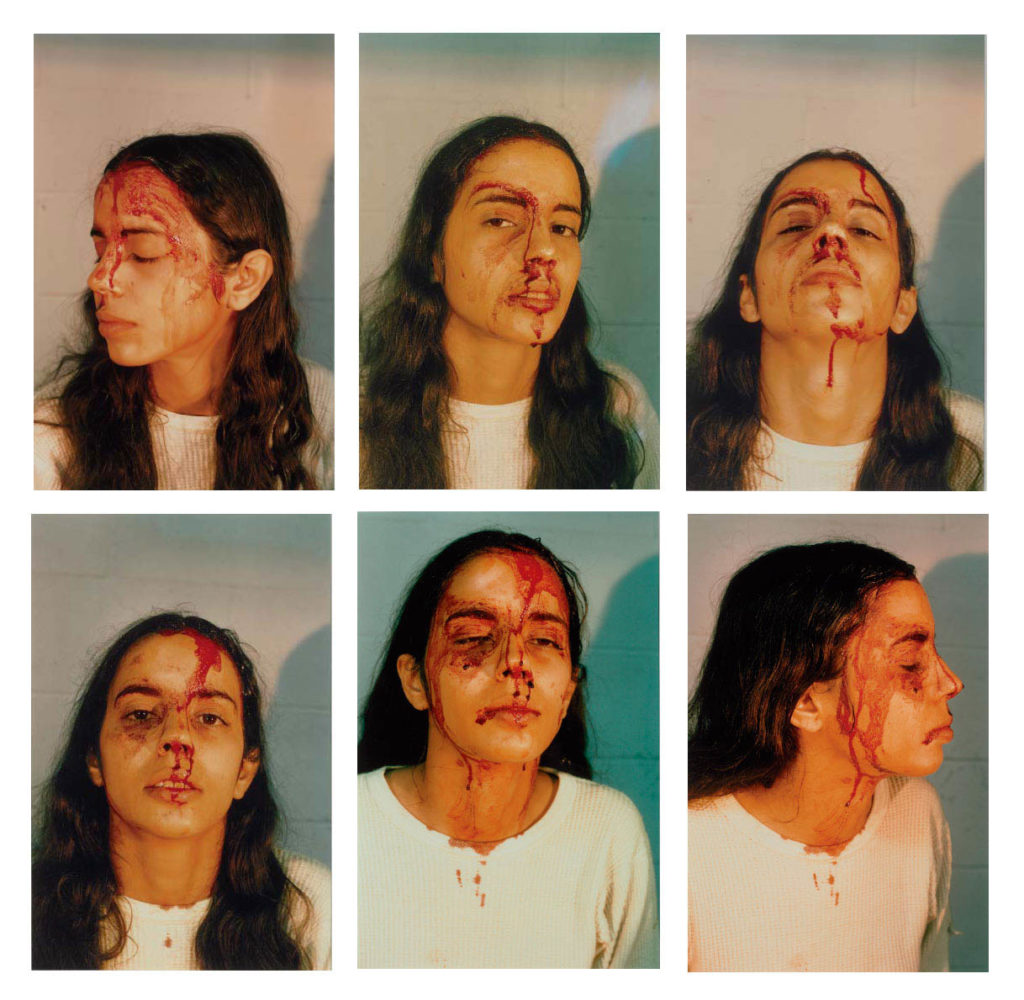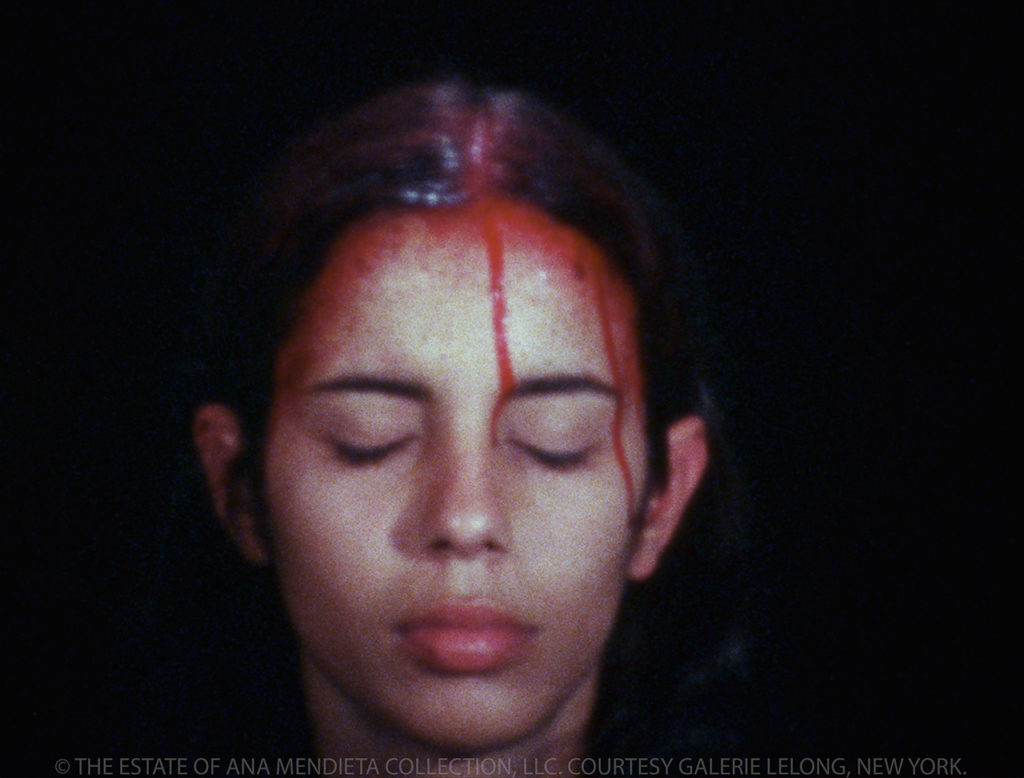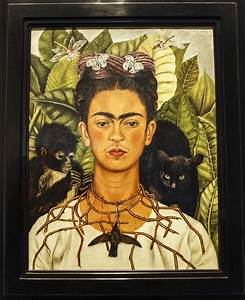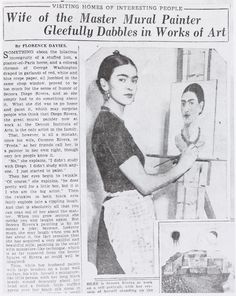- In this unit, I conducted research into an artist I discovered during my drag research and into political art in general.
- then I wrote a blog post
- I shared my blog post on this website and sent it to everyone at my school
- I asked a feedback question on the Treasure House Whatsapp group to get opinions from others
I chose to look at gender imbalance in the arts which is a subject I have been interested in for a long time and was affected by my English Literature A-Level where I read books like The Handmaid’s Tale and Tess of the D’urbervilles. I have studied feminism a lot in my English Literature Course. It makes me really angry that women are not as well represented in major galleries even in the modern day and age. My research is kind of a coming together of ideas because when I was looking into the history of drag culture there were also issues of representation and it is here that I came across Ana Mendieta who has a lot of cross dressing in her work. Because of the violence inflicted on women by men and the fact that violent men are often celebrated as passionate, I think that a lot of female art becomes protest art just by existing. Because of this, I also researched political art. I had completed a “political and protest” module for my English A-Level which tied into this.
Research
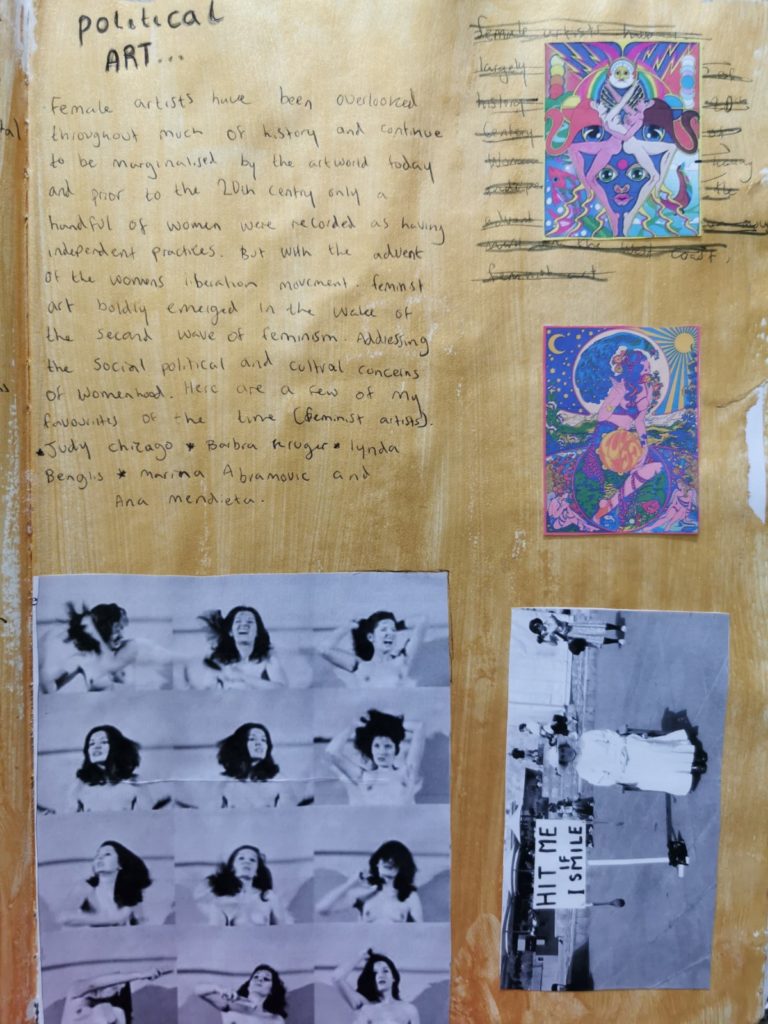
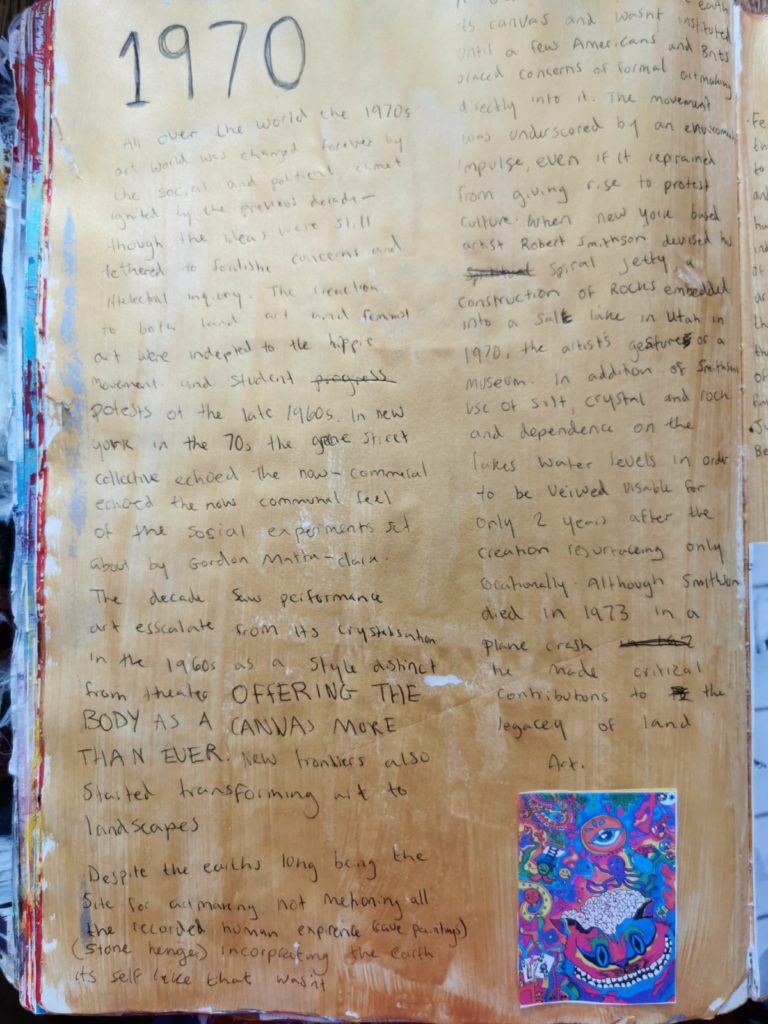
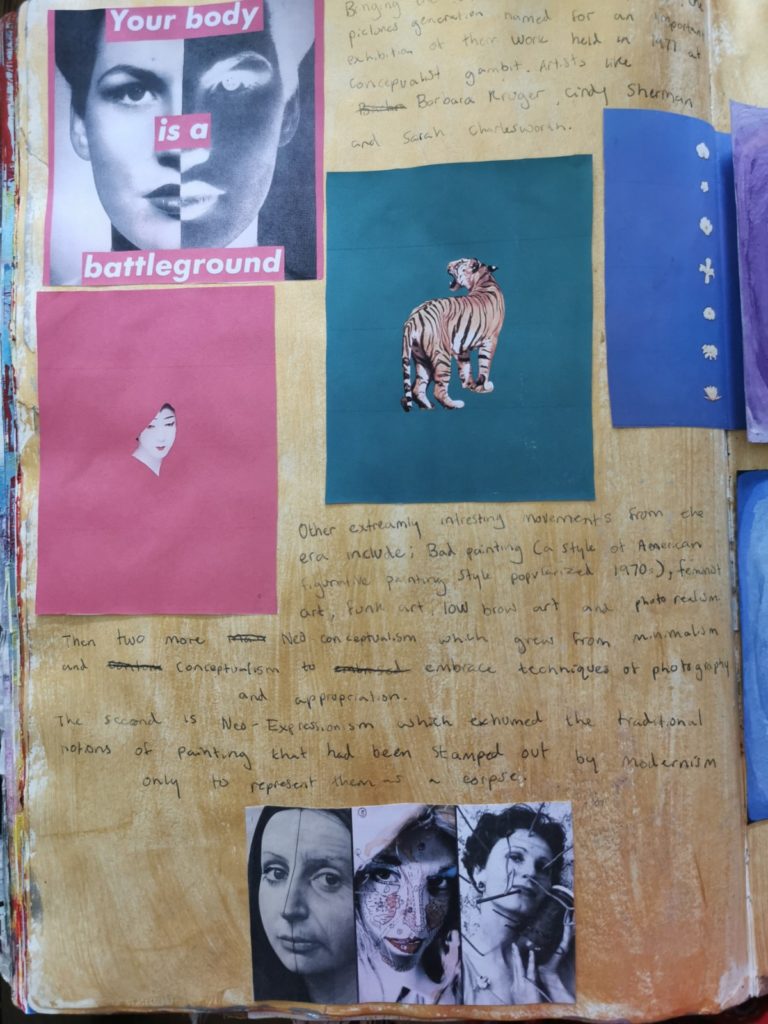
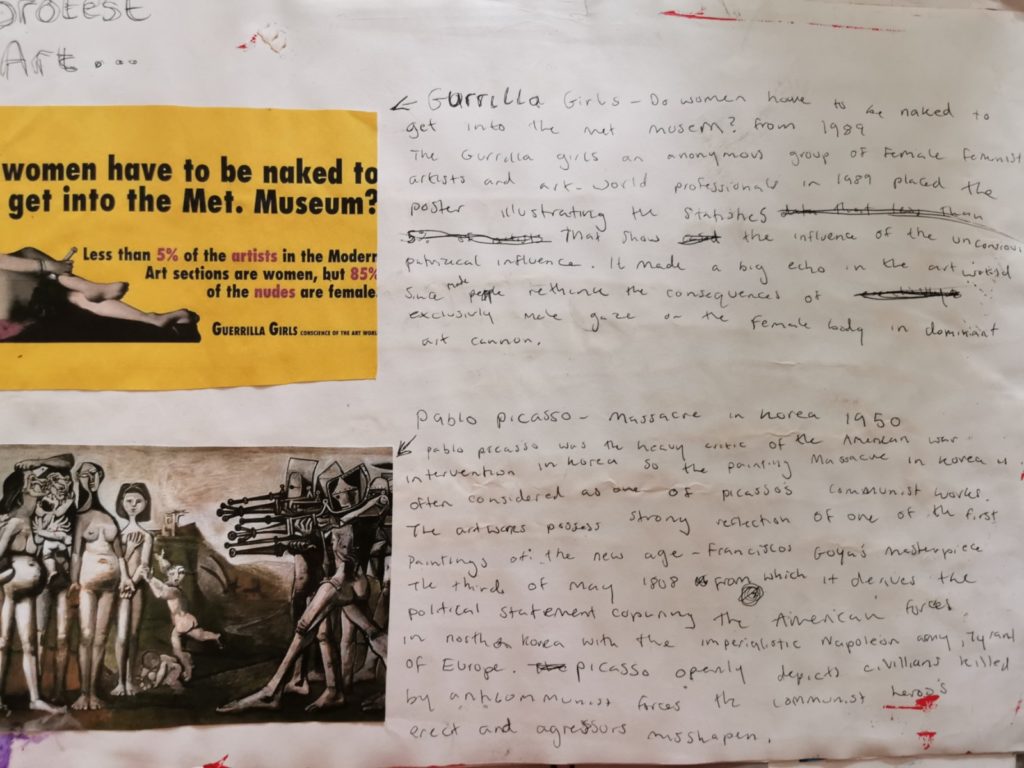
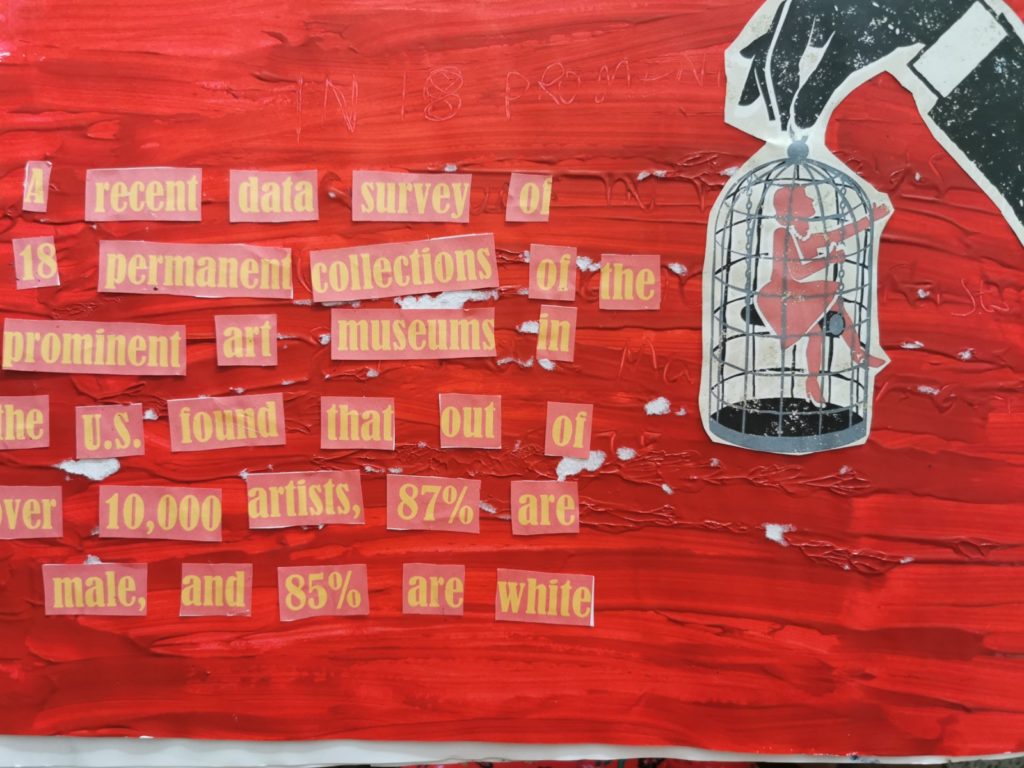
Blog – Overshadowed – Ana Mendieta
Ana Mendieta was a visionary. Utterly passionate and capable of emotive and haunting works of art. Her murder and the way her works have been overlooked are both appalling and heartwrenching. Her Husband, Carl Andre, was an abusive lout who is more renowned in life than Ana herself despite the suspicious circumstances of her death. I discovered Mendieta in my research of artists who have used drag politically and was horrified by her story.
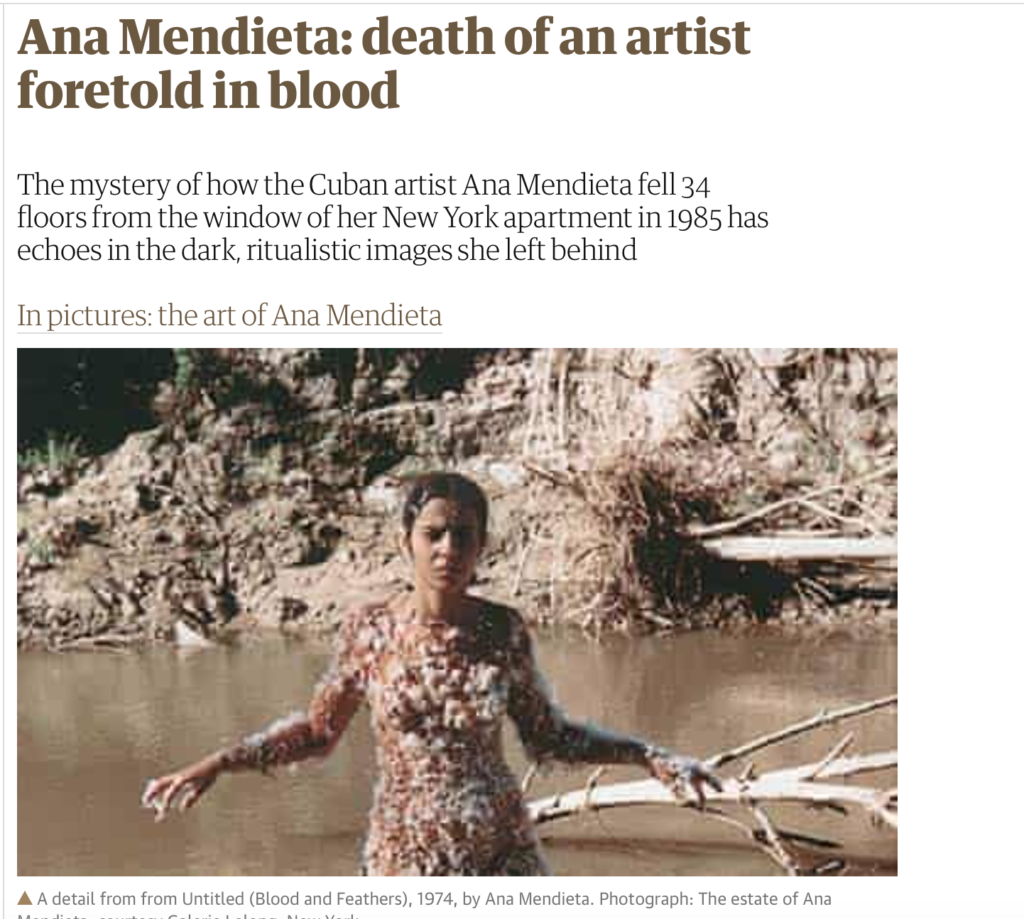
Recently there has been a backlash which has been a long time coming. The injustice that Ana faced in love and death has provoked protests throughout the art world. In 2016 a huge protest took place outside the Tate Modern in London. This was in response to the inclusion of Andre’s Equivalent VIII.

Activists and artists gathered outside the gallery chanting “Stop glamourising violent men!” “Hey Tate, we’ve got a vendetta, where the f*** is Ana Mendieta?”, and “NEVER forget Carl Andre killed Ana Mendieta.” Activists demanded acknowledgement of murderers and abusers, most of them white men, who occupy huge art galleries.
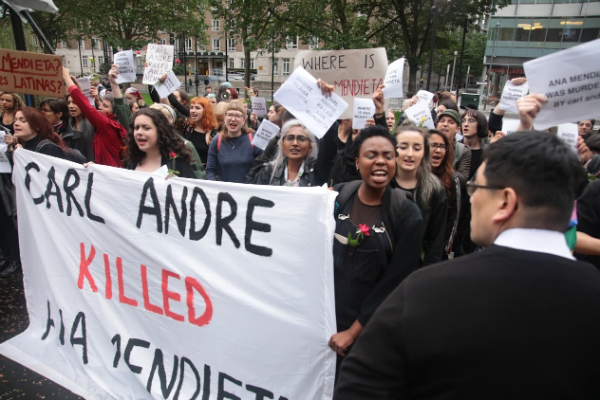
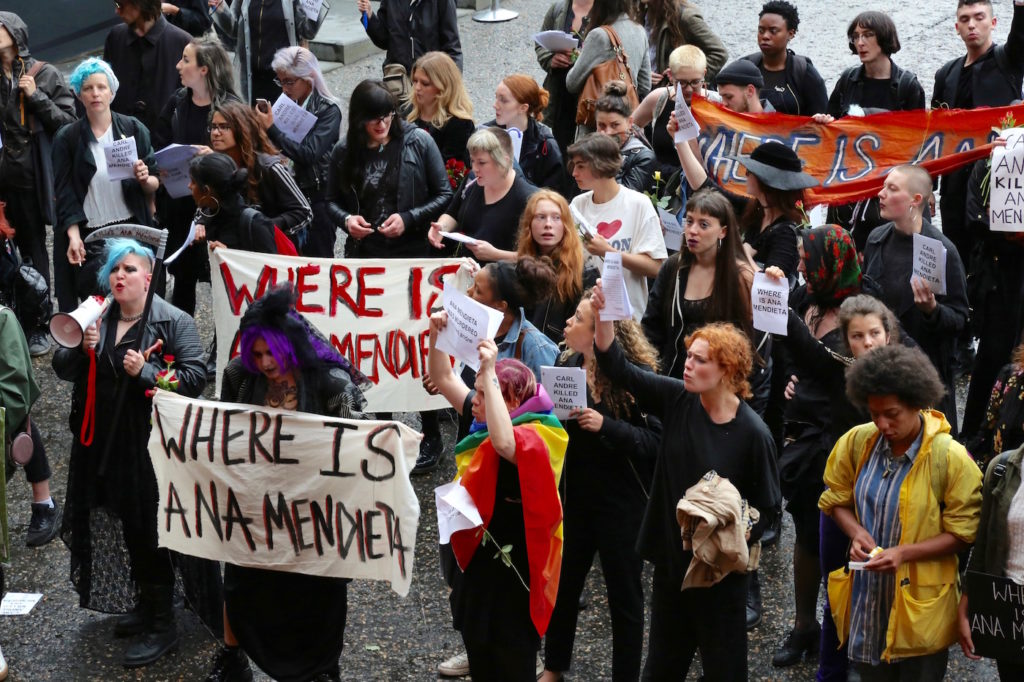
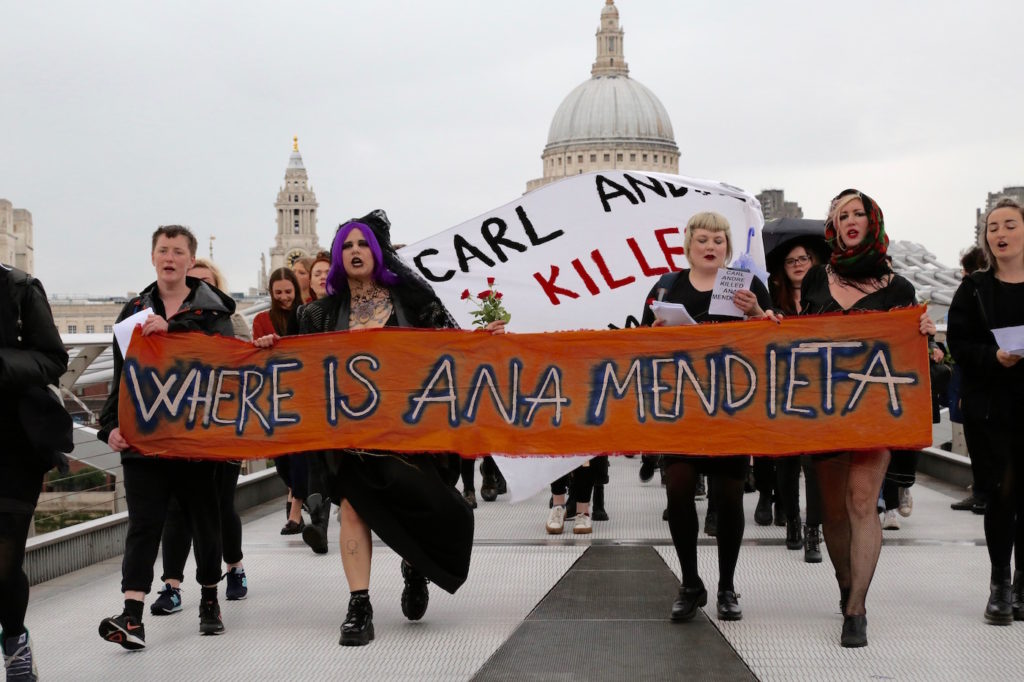
Male artists often receive more renown and esteem than their female counterparts. Aggression and abuse are passed off as passion. Frida Kahlo’s husband is another example of this. Kahlo’s husband Diego Rivera was quoted as saying “If I ever loved a woman, the more I loved her, the more I wanted to hurt her.” Still, his artwork started a revolution in mural painting despite his toxic behaviour. Georgia O’Keefe had a touching relationship with Kahlo, both having husbands who were more esteemed in the art world than them. They found comradeship over this.
Ana Mendieta’s life was full of trials and tribulations, and it ended brutally, when, during a domestic dispute, Andre pushed her from a window to her death. The injustice of her abuser being lauded in the art world is one that should concern us all. Mendieta’s work is gut wrenching, original, and overlooked.
It could be argued that there are parities with the treatment of women in Hollywood, where male stars are left to get away with despicable things as highlighted by the #metoo movement. Like Hollywood, the art community also leaves abusers on a pedestal refusing to accept that the despicable reality and turning a blind eye.
We as a society, and as a community of artists, need to stand against this together. Cruel and brutish behaviour should no longer be labelled as passion.
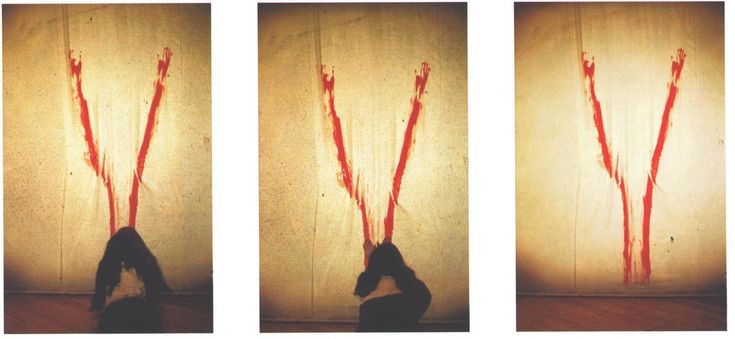
Sharing the work
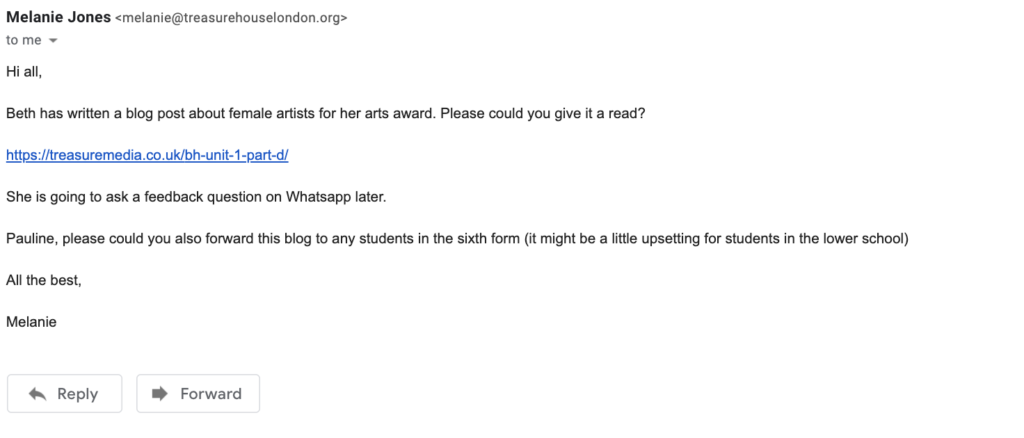
Feedback
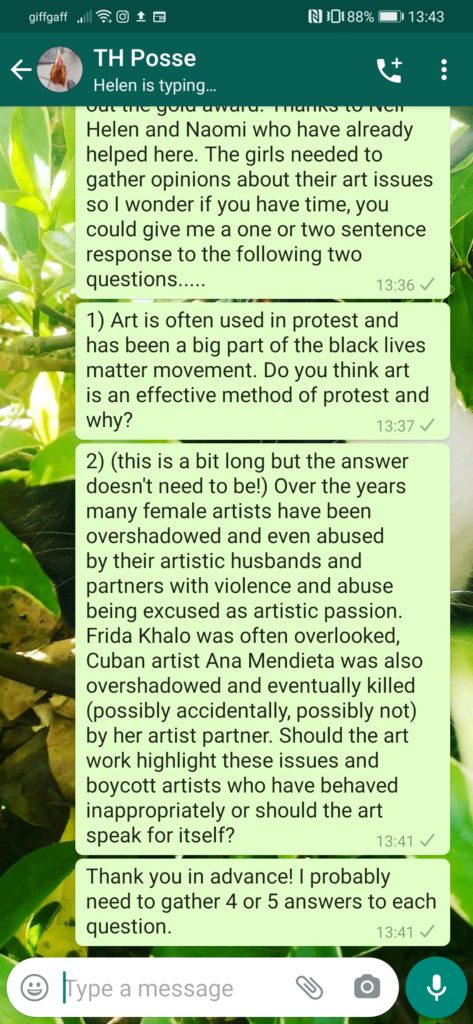
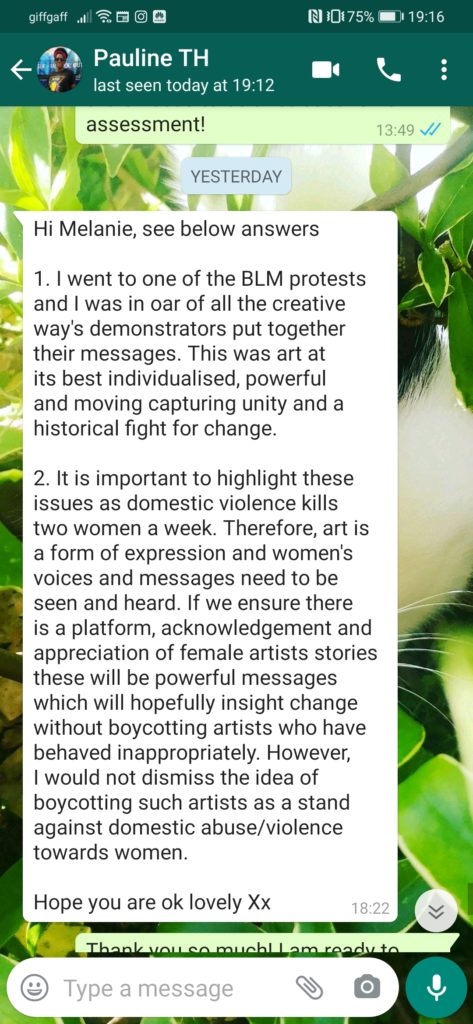
It is important to highlight these issues as domestic violence kills two women a week. Therefore, art is a form of expression and women’s voices and messages need to be seen and heard. If we ensure there is a platform, acknowledgement and appreciation of female artists stories these will be powerful messages which will hopefully incite change without boycotting artists who have behaved inappropriately. However, I would not dismiss the idea of boycotting such artists as a stand against domestic abuse/violence towards women.
Pauline
Art always speaks for itself when you have no prior knowledge of the life of the author.
James
Art has value contained within itself – or it doesn’t and hence has no value. How are we the consuming viewer to morally judge the artist through their body of work – surely the judgement lies out with their work. We may choose not to celebrate the artist because we do not wish to celebrate them as a person – but we cannot view their work through this lens otherwise we have destroyed all objectivity.
Fiona
Yes I think we should highlight these matters but rather than boycott the artists the other art work should be promoted and celebrated and shown for what it is, i.e. it should form part of the dialogue about the oppressor and lend it weight. Just eliminating the former is a negative reaction when a positive reaction is much more meaningful.
Helen
I think art should be displayed with clear unbiased and factual information about the known history (although this too can be debated) and links to further reliable sources of information about the artists.
Barney
Difficult topic, difficult question! It’s very true that we live in a masculine world and women are often overlooked and mistreated. Many female artists have not revealed their true identity but their work is not less important than that of men. Instead of boycotting, we should talk about it, let it be known that these attitudes are not right. Everyone has the right to make art and send a message.
Celine
